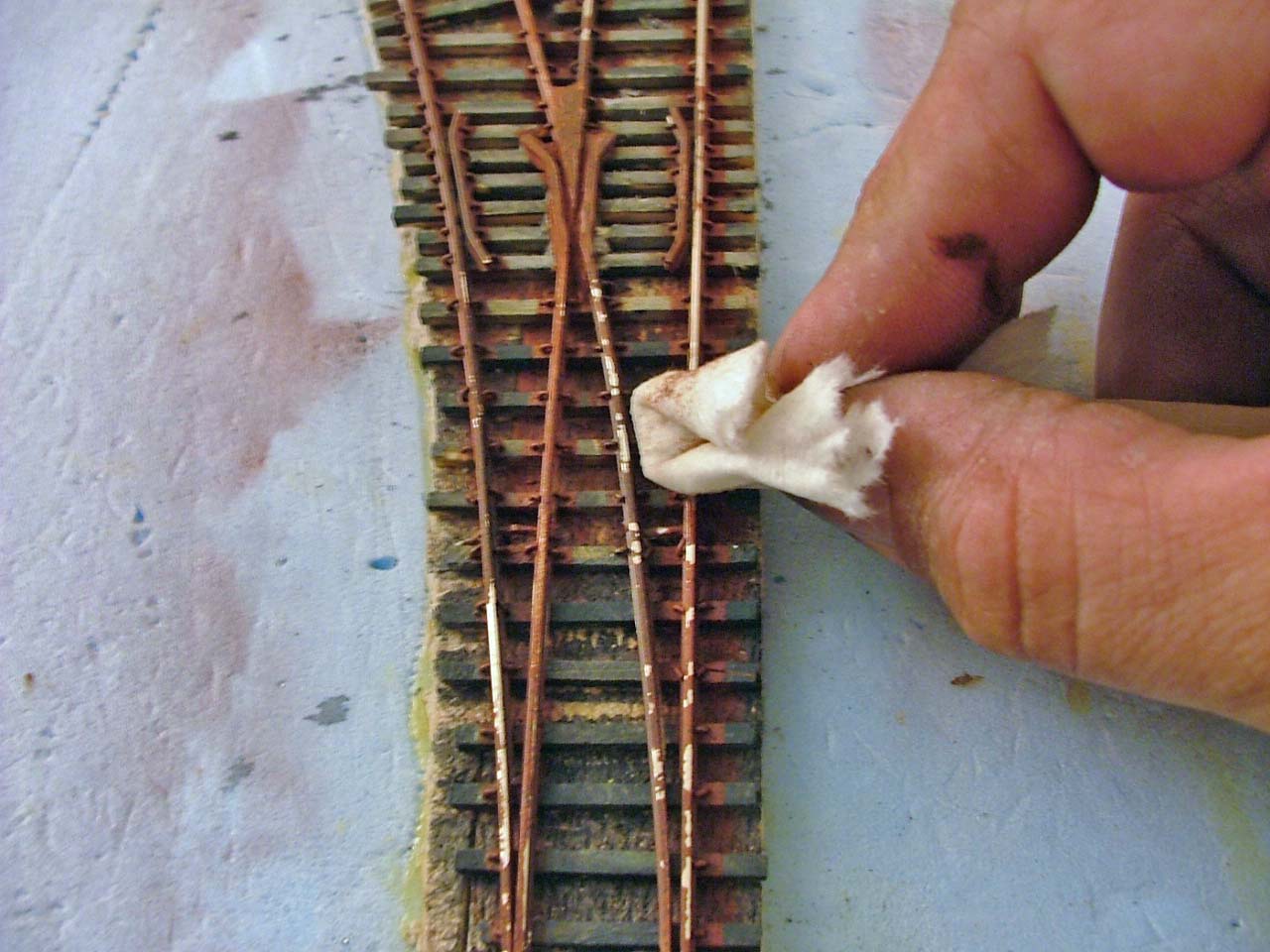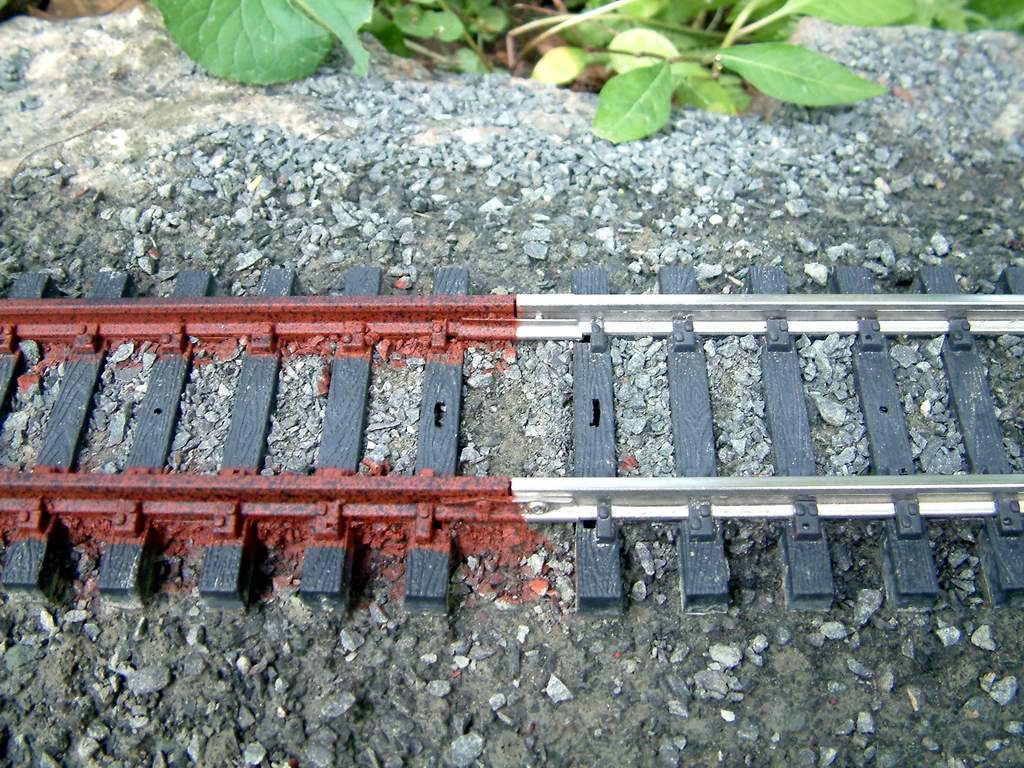Tie plates…
Well, for a start; what era are you modelling ? Are you modelling a main line, or a branch line ? What scale are you modelling in; Indoors or out ?
If you are in the smaller scales, and are going to ballast the whole line; the tie plates will hardly be noticed, and the few “Handlayers” that I know don’t bother with them.
In LS, they can be noticed if a person viewing actually is looking for them, or if the short length of hand layed track is for display purposes.
Balasting usually takes the viewer’s eyes off any lack of tie plates.
As far as cost; even in LS, the tie plates don’t need to be castings, or purchased. One person I know, simply used a paper cutter, to slice up a very thin Styrene sheet, into strips, then carefully, using a pinvice and drill, drilled properly measured holes, for the spikes, before again using the paper cutter to cut each tie plate to length. He did think afterwards that painting the Styrene with a rust coloured paint would have made life easier…
I guess that the real question is; whether therapeutic or not; is it worth wasting time on, or would it be more therapeutic, using the time to more quickly get a good operation of the railroad going and using that time for added fun, and enjoyment.
To each modeller, the answer may be different…just try hard to choose, based on your idea of PLEASURE.
Fred Mills





